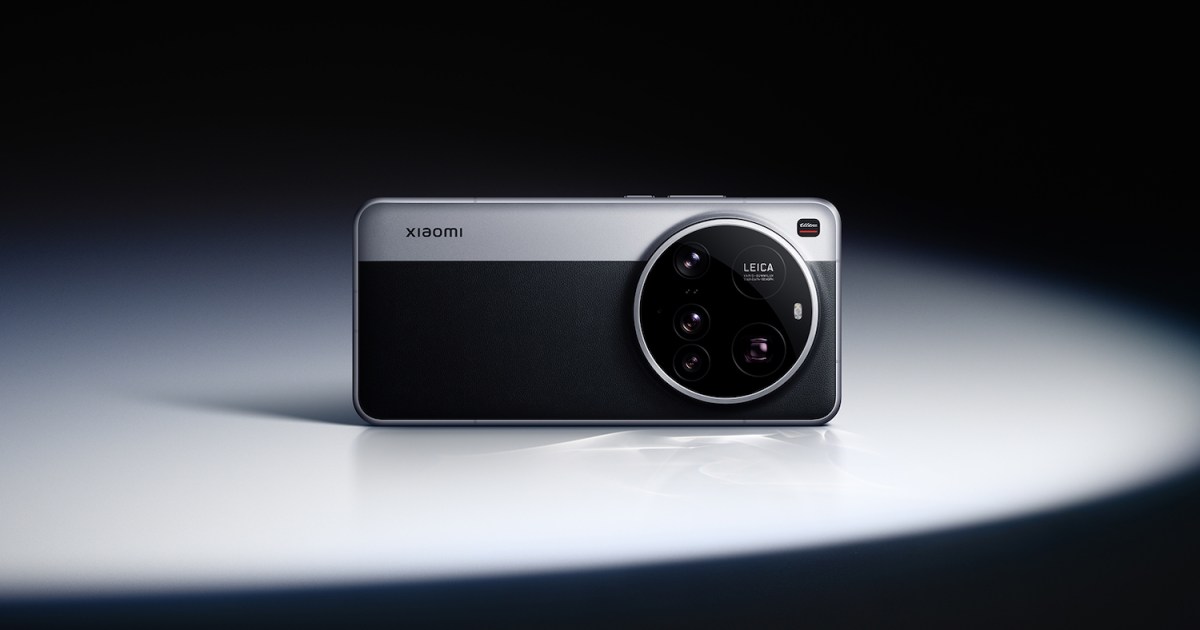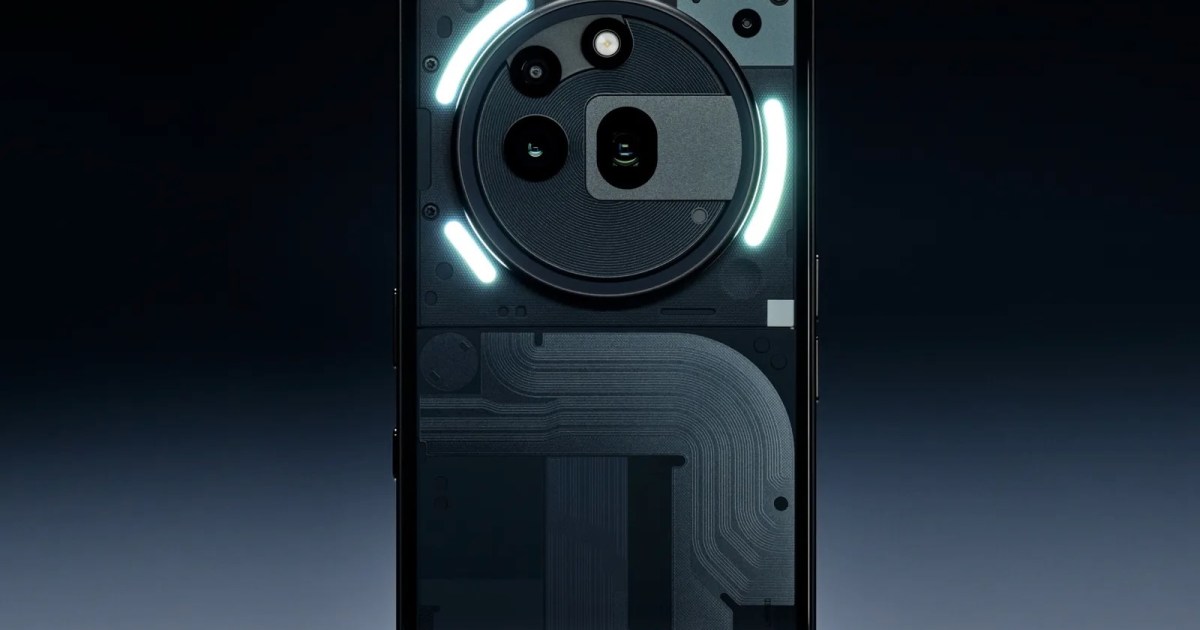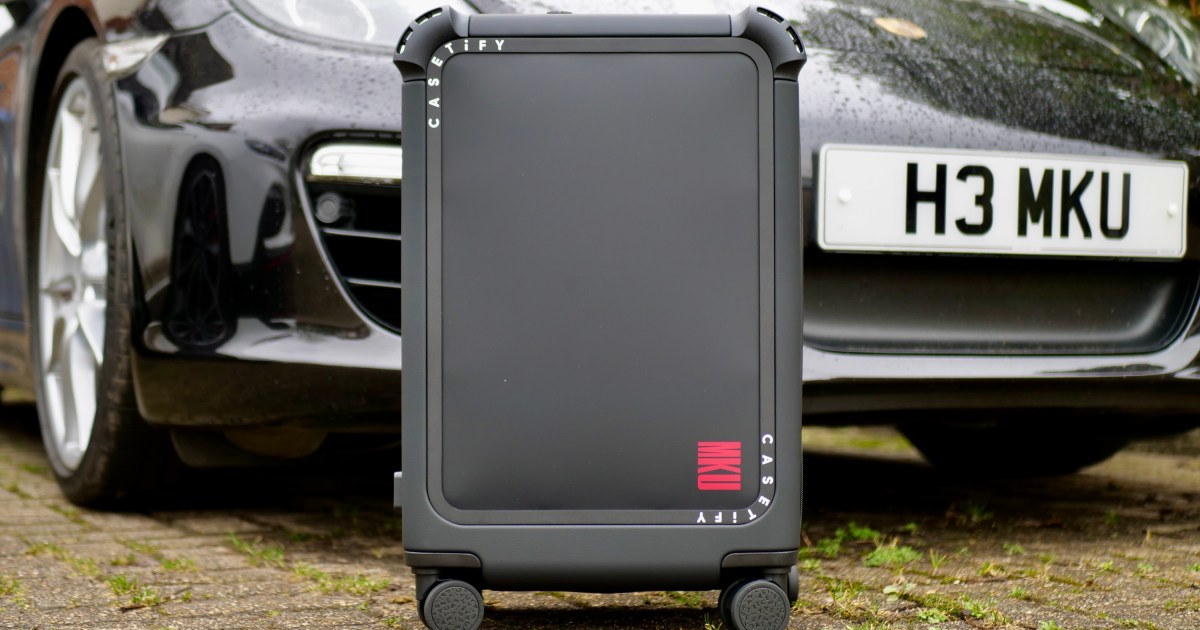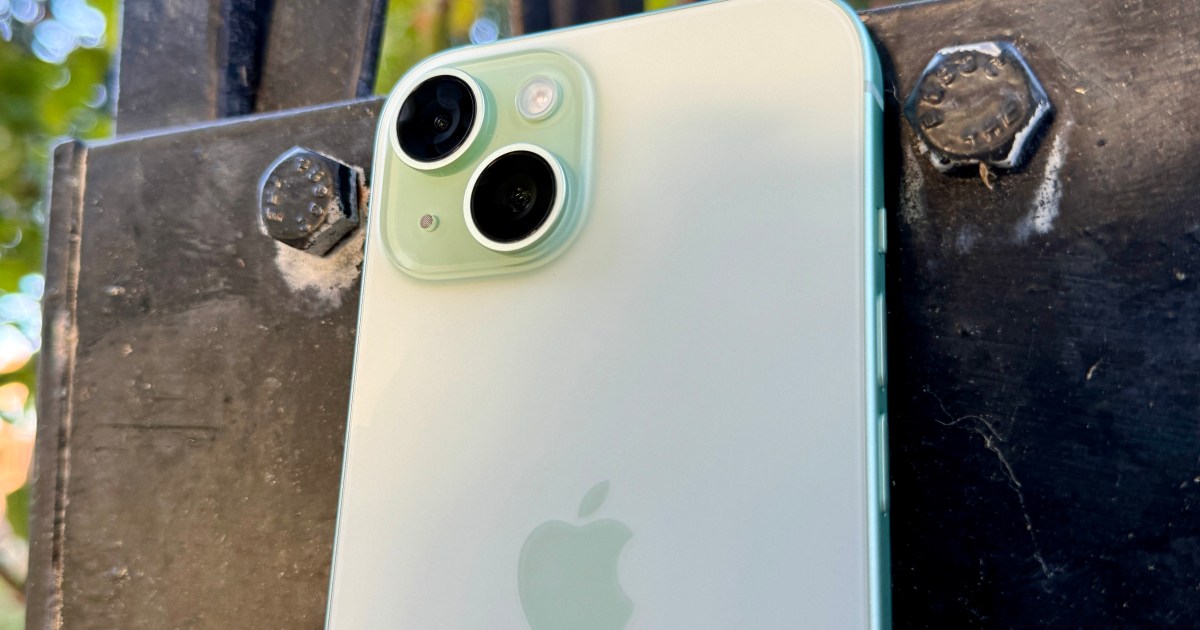Wireless charging, a feature pioneered and popularized by Samsung and Apple, has become a standard in flagship smartphones. While convenient, the technology hasn’t advanced as rapidly as expected. Despite industry efforts to standardize with Qi, inconsistencies and individual approaches continue to plague the wireless charging landscape.
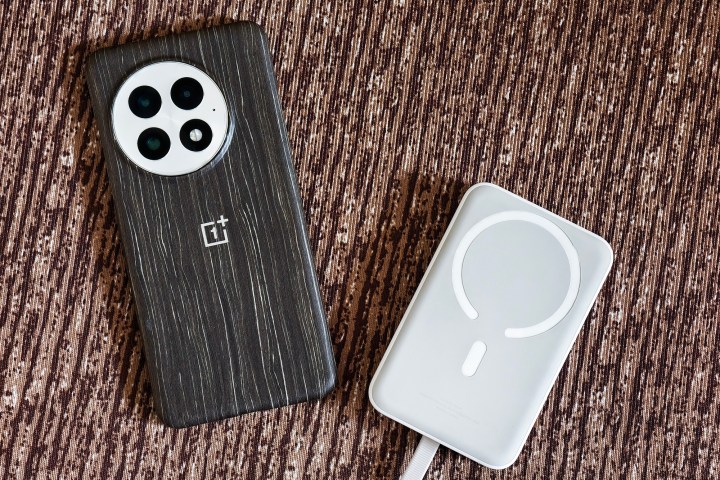 Baseus MagSafe wireless charging power bank with OnePlus 13 resting on a flat surface.
Baseus MagSafe wireless charging power bank with OnePlus 13 resting on a flat surface.
Qi, the universal wireless charging standard adopted by over 300 companies, aims for broad compatibility between devices and chargers. However, this broad approach has created challenges. The Wireless Power Consortium (WPC), tasked with evolving the standard, faces the herculean task of balancing the interests of hundreds of member companies. This has resulted in a lack of conformity beyond the basic standard, despite the involvement of industry giants like Apple, Samsung, and Google. Qi2 was intended to resolve these issues, but adoption has been slower than anticipated.
Understanding the Qi2 and 2.1 Standards
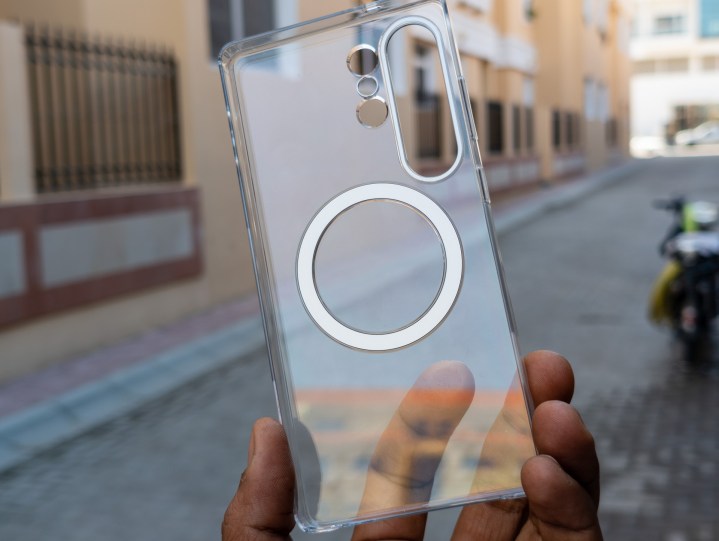 The magnet on the Galaxy S25 Ultra magnetic wireless charging cover
The magnet on the Galaxy S25 Ultra magnetic wireless charging cover
Qi2’s primary advantage is magnetic alignment for efficient charging, achieved through the Magnetic Power Profile (MPP), based on Apple’s MagSafe. This ensures perfect alignment between device and charger, offering cross-compatibility with MagSafe accessories. However, some chargers support the Extended Power Profile, meeting Qi2 specifications without magnets. These chargers may support faster speeds but won’t carry the Qi2 logo. This creates a tiered system, further complicated by the emergence of “Qi2-Ready” devices.
Qi2-Ready: A Compromise, Not a Solution?
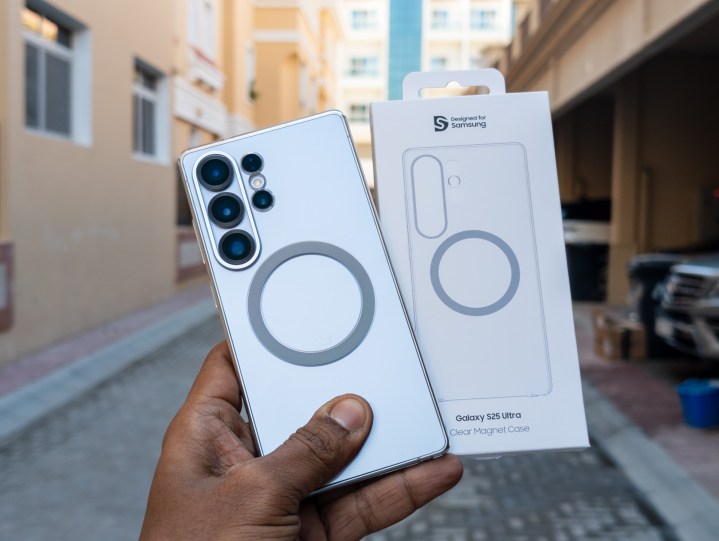 The back of the Galaxy S25 Ultra Magnetic Charging Cover attached to the phone and the box
The back of the Galaxy S25 Ultra Magnetic Charging Cover attached to the phone and the box
Qi2-Ready phones, like the Samsung Galaxy S25 series, lack integrated magnets but offer compatibility through certified cases. While this approach works, it doesn’t necessarily deliver the anticipated faster charging speeds. OnePlus, however, demonstrates a more integrated approach.
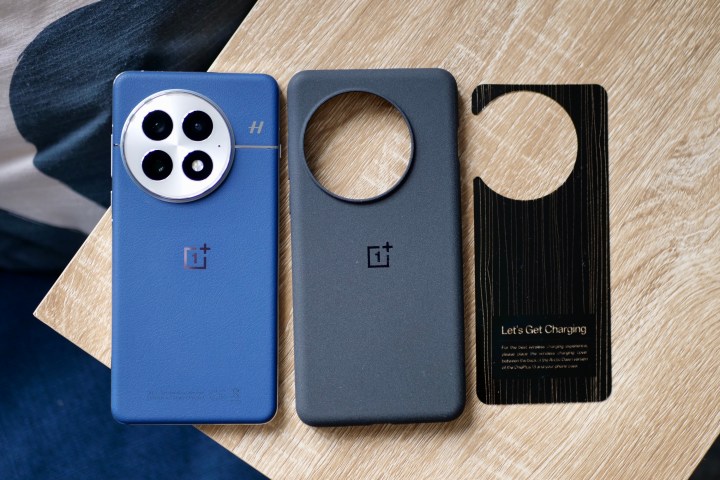 The OnePlus 13 with its Sandstone case.
The OnePlus 13 with its Sandstone case.
The OnePlus 13, featuring Oppo’s 50W AirVOOC, provides the benefits of magnetic alignment and fast wireless charging without official Qi2 certification. Its magnetic case and powerful charger deliver a full charge in just 70 minutes, significantly faster than the Galaxy S25 Ultra. While Qi2 promised improved speeds, most devices are capped at 15W, with the exception of the iPhone 16 series, which supports 25W MagSafe charging.
 OnePlus AirVooc 50W wireless charger.
OnePlus AirVooc 50W wireless charger.
This faster charging is currently exclusive to Apple’s latest iPhones, highlighting the fragmentation within the wireless charging ecosystem.
The Fastest Wireless Charging Currently Available
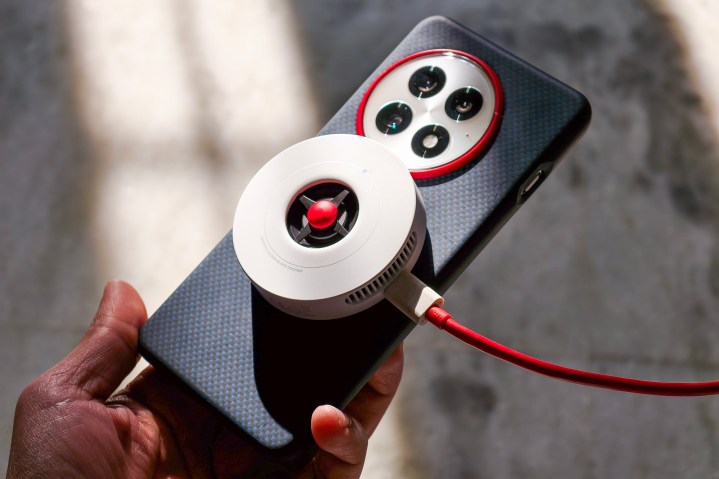 OnePlus AirVOOC 50W charger attached to OnePlus 13 held in hand.
OnePlus AirVOOC 50W charger attached to OnePlus 13 held in hand.
While the Qi standard aims for universal compatibility, companies like Samsung and Oppo are taking proprietary approaches. Samsung’s Qi2-Ready devices offer only 15W charging, while Oppo and OnePlus achieve 50W speeds with their AirVOOC technology. This demonstrates that while Qi serves as a baseline, true innovation is happening outside its strict confines.
Qi2 held great promise for unifying magnetic wireless charging, but it has fallen short. Wider adoption may depend on Samsung integrating it fully into future devices, which seems unlikely in the near term. Until then, the wireless charging landscape remains fragmented, with consumers facing a confusing array of standards and speeds.





